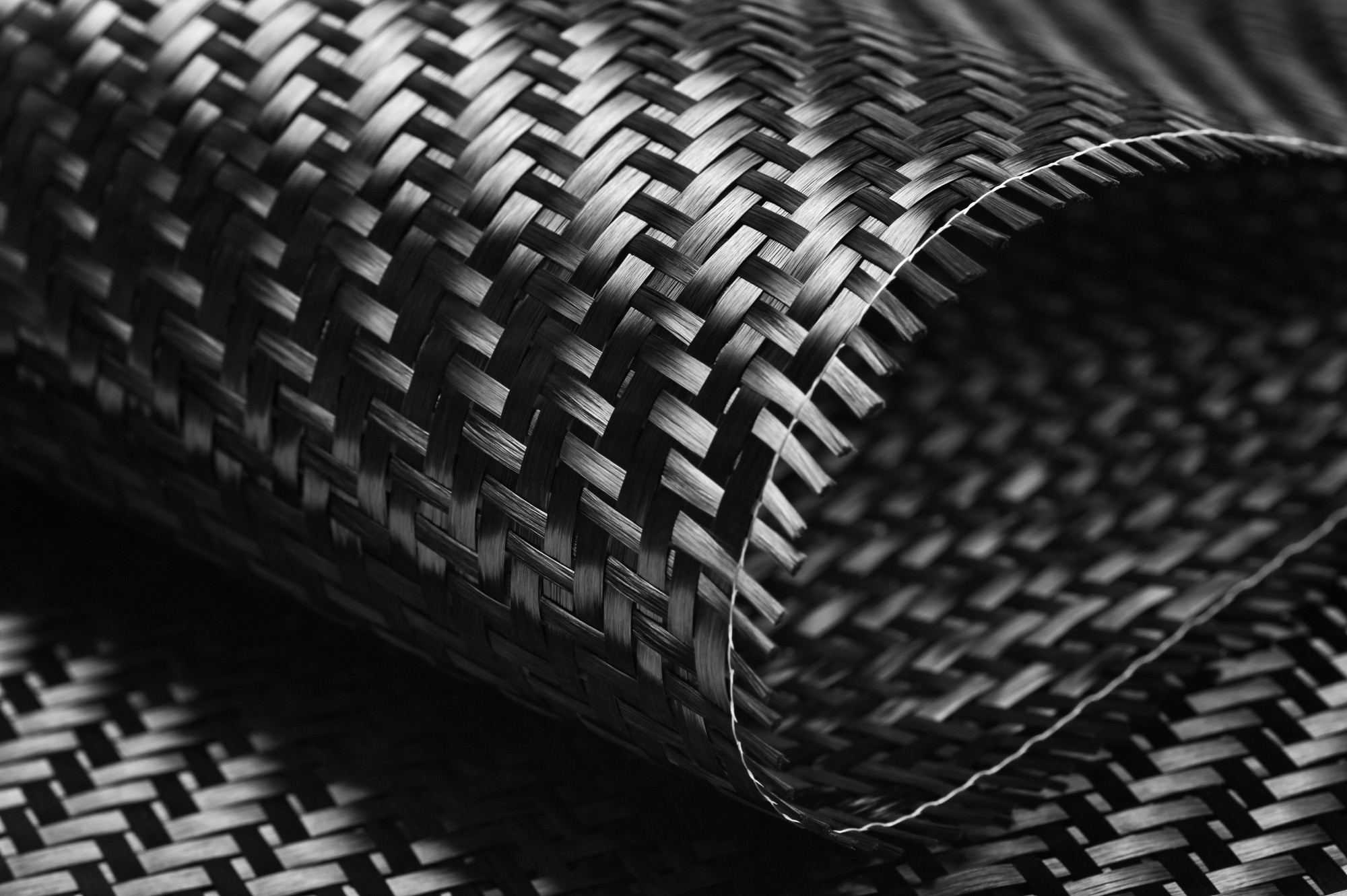If you hear the words “aramid fiber” and imagine arachnid (spider) fiber, we forgive you. It’s an easy mistake to make since there are threads and fibers made from spider silks. Spider silks have some amazing properties, but there’s another fiber that has properties that are incredible.
Carbon fiber, fiberglass, carbon nanofiber, spider silk, and aramid fibers have changed our world. But, None have the versatility and user-friendliness as aramid fibers have.
It has industrial, commercial, and general consumer applications to drool over. Aramid fiber had its start in government and military applications. It’s now penetrating all levels of society because of its usefulness.
What is aramid fiber, and what can it do for us? Keep reading to find out!
Weaving the Story of Aramid Fiber
Development using aramid started in 1965 by Stephanie Kwolek of DuPont for tires. She was able to produce Kevlar™ fiber in 1971 as a commercial product. It’s a form of aramid fiber that kicked off this whole frenzy, and it hasn’t seemed to slow down ever since.
Since that time, there are several companies with their own proprietary blends of poly- or meta-aramids. The name “aramid” comes from a portmanteau of “aromatic” and “polyamide”. Smashing words together is pretty common, such as with “Tefal™”, from “Teflon™” and “aluminum”.
After Stephanie Kwolek was able to produce an aramid like Kevlar™, other companies immediately jumped on the band-wagon. Some even entered legal disputes with DuPont. There are at least five different companies producing their own aramid fiber products globally. They are in China, Russia, the USA, and Europe.
For Stephanie’s efforts, in 1994 she was awarded induction into the National Inventors Hall of Fame. She also received the Perkins Medal and National Medal of Technology in 1999. These achievements are rare for women to get in this field.
DuPont got to lead the market for decades to come, producing many different products. These include law enforcement, military, and civilian products.
What It Can Do
Since the introduction of Nomex™ by Dupont, even before Kevlar™, aramids have amazed the world with their capability to stop a bullet. But that’s not all they do!
Aramid fibers are famous and highly prized for their high-temperature qualities. In some situations, they’re able to stay stable all the way up to 500° C or almost 1000° F.
A little-less-known fact is that they are also excellent electrical insulators. You can also use it as an electrical conductor under special circumstances.
Aramid fibers have stable chemical bonds. This makes it very resistant to organic solvents. One reason it was so difficult for Stephanie Kwolek to produce the thread is that it won’t dissolve easily.
Aramid fibers are strong, flexible, and a little stretchy. This means you can make it into a soft fabric. All this makes for a great fabric causing no skin reaction or contact dermatitis.
Contrast this with carbon fiber, carbon nanofiber, and fiberglass. You must handle all these with care and protective equipment in raw form.
Of course, its legendary mechanical strength and toughness also give it great durability. This durability exceeds that of steel on equal size thread, but with the softness and feel of normal textiles.
For these reasons and more, it’s used in a wide range of products, as we’ll get into later.
The only things that seem to destroy Kevlar are extreme. Strong acids, bases, and certain other chemicals. Or extreme mechanical stress. Keep in mind, though, that aramid fibers are very strong—stronger than a comparable wire of steel.
What Is It Used For?
Since aramid fiber doesn’t cause skin reactions and they’re almost chemically inert, there are so many applications for its use. From aramid fiber phone cases and accessories, car firewalls, body and vehicle armor, welding and cutting protective gear, and firefighter equipment, its uses are almost endless in our world.
The original color is a golden yellow. A wide color spectrum developed which allows for things like camouflage patterns. This allows for soldiers, police, and other law enforcement to wear clothing made from aramid fiber.
As a phone case material, it gives superior heat, moisture, electrical, and mechanical protection to our valuable phones.
For welders and others in heavy industry, it protects them from cuts, stabs, burns, and more in dangerous environments. These kinds of products come as gloves, aprons, neck collars, hoods, shirts, sleeves, and others.
Firefighters depend on aramid fibers, along with other technologies, to stay safe in extreme heat situations. It enables them to do their job as safely as it can be done and be the modern-day superheroes they are.
As a fire-proof, high-tensile strength rope, nothing can beat aramid fibers. As good as paracord is, a similar cord made of aramid fibers could give vast improvement and performance. For fire-fighting purposes, there’s nothing better.
You can use aramid fibers to make clothing with increased durability and protection for specific jobs. Though, we doubt you’ll be seeing any on the runway any time soon. Due to their chemical resistance, even dying processes are tough to introduce to the fabric for fashion.
These are a few of the many, many use cases of aramid fibers.
Stitching it Together
Aramid fiber has been around since the 1960s and with a myriad of tests performed since then. There are different versions of the aromatic polyamide we call aramid, and they all perform different functions. Development for new aramids are ongoing, so keep an eye out.
It has amazing fire-retardant capabilities, strength, and cutting resistance. Don’t forget also chemical and electrical resistance. Because of these properties, it’s used in an increasing number of products worldwide.
We hope you enjoyed this article on aramid fiber and what it can do what its uses are. We have many more articles on products and tech, health, and home living.
Keep reading, you’ll never know what you might find!

Leave a Reply